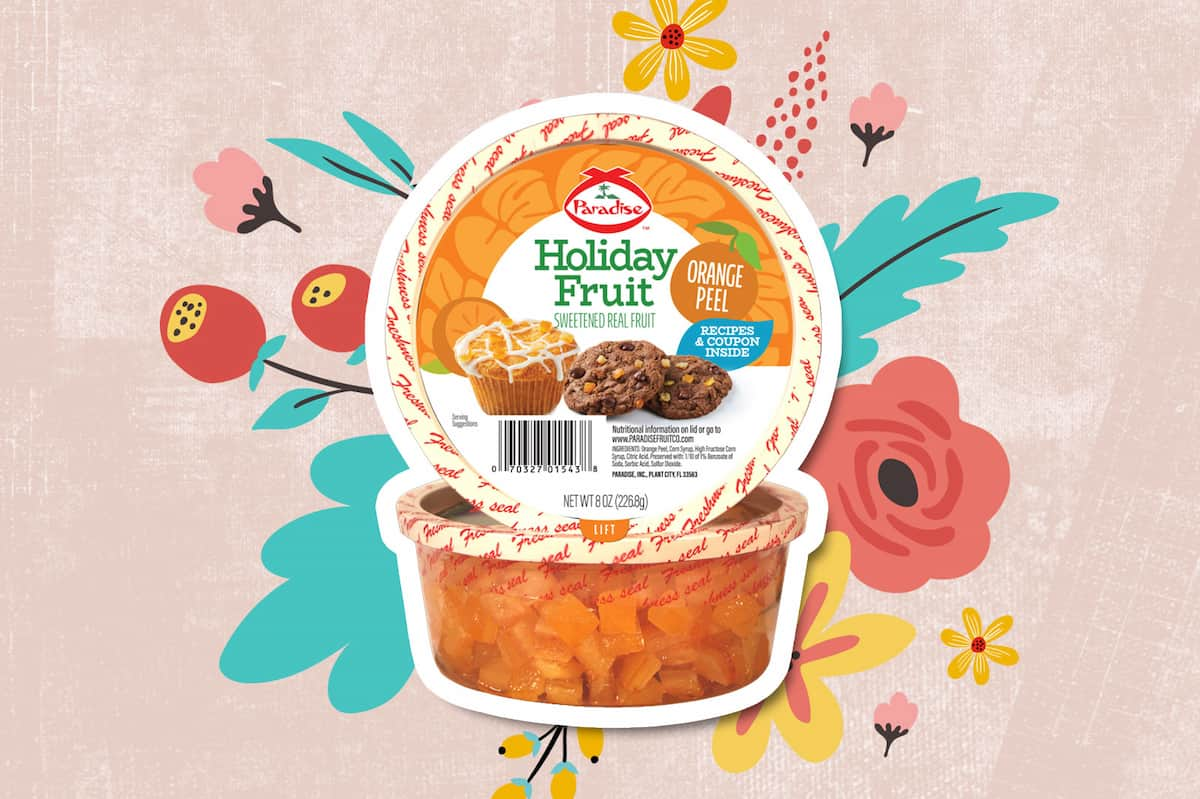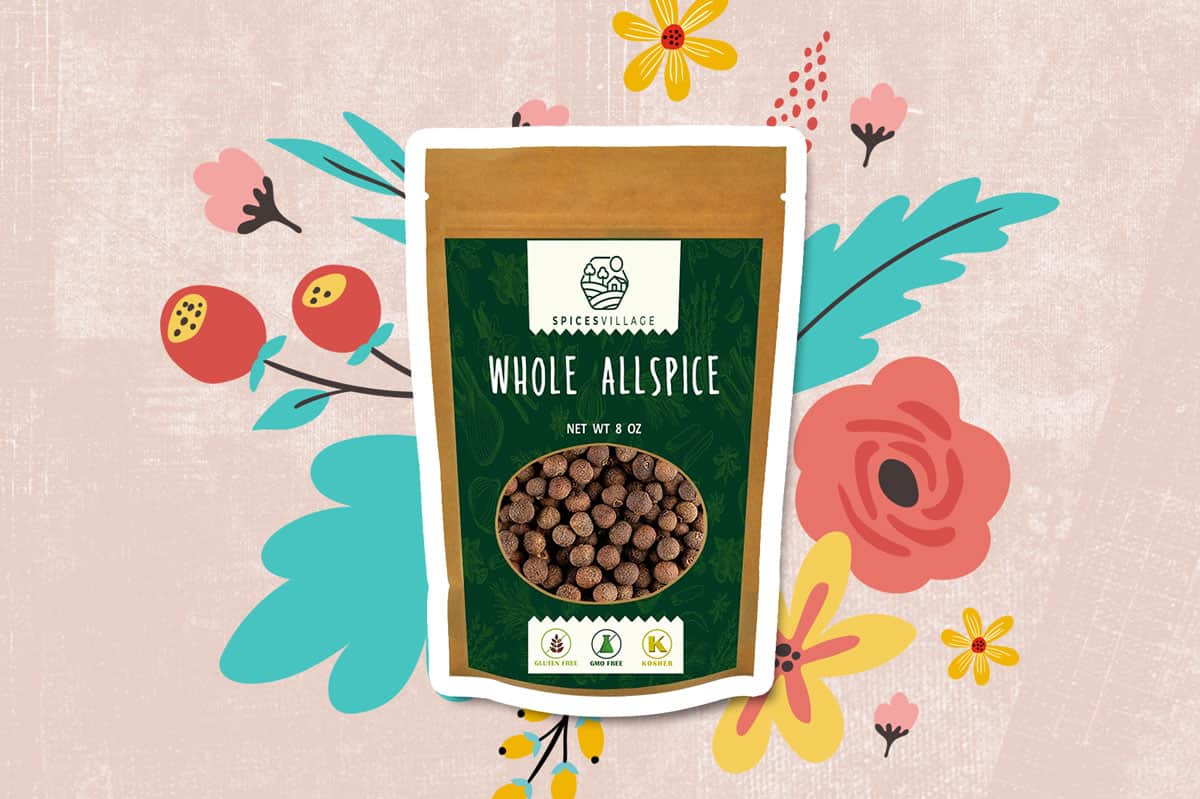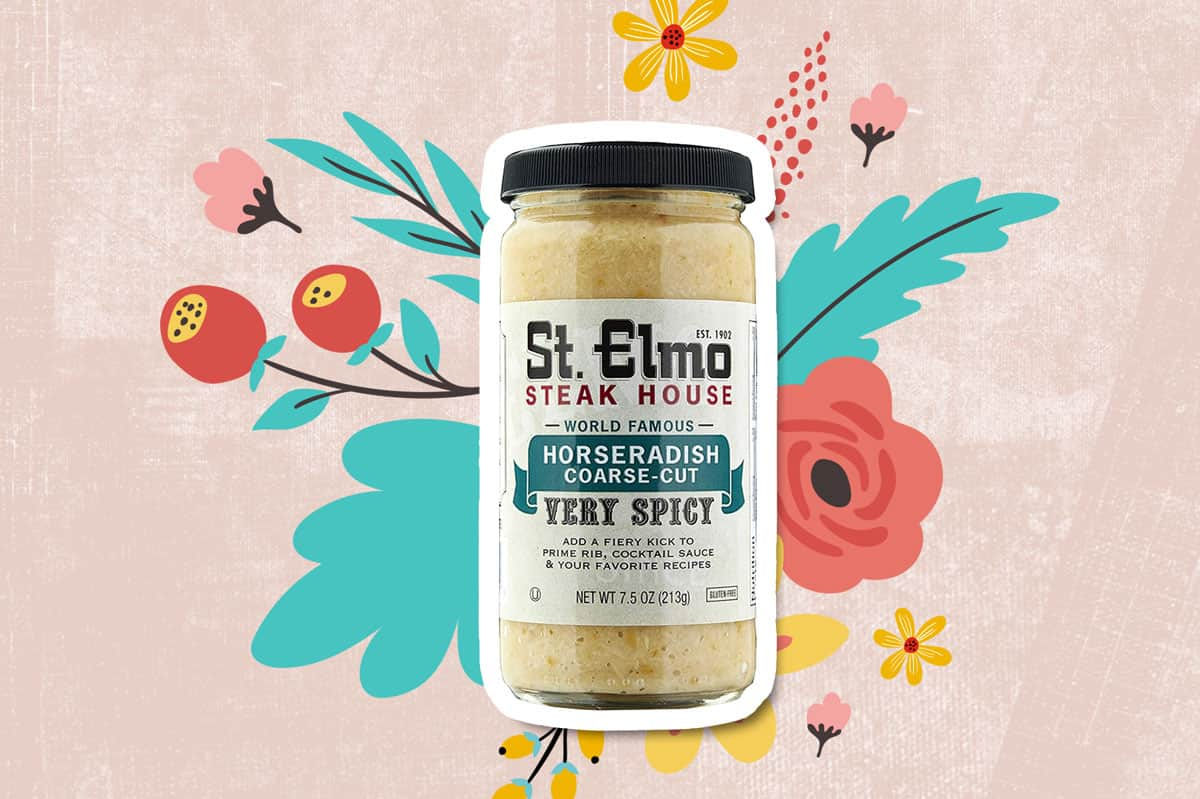12 Pantry Must-Haves a Polish Home Cook Is Never Without
Cooking is always easier and more fun when you have the right ingredients on hand. This guide covers stocking your pantry, so that you always have what you need to cook your next Polish meal.
If you can get all of these products at a Polish store, ideally “made in Poland” – great! But sadly, that’s not always possible. That’s why here you’ll find the closest alternatives, available to purchase online.
Related: How to Substitute Ingredients in Polish Recipes
Jump to section: Baking | Dry Goods | Flours & Grains | Herbs | Jars & Cans
Baking
Candied Orange Peel
Candied orange peel is widely used in baking. It’s an inseparable component of an array of Polish desserts (especially those festive ones).
You’ll need it for baking the classics: Makowiec (poppy seed cake), Mazurek (Easter tarts), Keks (fruit cake), Babka, some Sernik cheesecakes and many other traditional cakes.
Candied Orange Peel acts as a garnish as well, sprinkled on ice cream, pastries and Pączki doughnuts.
Buy: Paradise Diced Orange Peel at Amazon.com

Kajmak (Caramel Cream)
Kajmak is the unsung hero of the pantry. It’s always worth keeping a can (or two) at the back of your cupboard.
It has a really long shelf life, and you can use it “straight off the can” to create a perfect Mazurek (Easter tart), Christmas cookies, cupcakes, muffins and pies. It’s great as a Pączki filling, or as a cheesecake topping.
You can also make Kajmak yourself: all you need is a can of sweetened condensed milk. Here’s homemade Kajmak recipe (with some advice on substitutes as well).
Buy: the closest match to ‘Kajmak’: Nestlé La Lechera Dulce De Leche Caramel at Amazon.com

Poppy seed
Poppy seed is a star ingredient of several traditional Christmas Eve desserts. There’s no ‘Wigilia’ without Makowiec, Kutia or at least – a simple Poppy seed strudel.
Poppy seed is also used as a topping of breads, rolls and everyday pastries, including Lublin’s Cebularz (regional onion roll).
Buy: Frontier Co-op Poppy Seeds at amazon.com

Other baking goods worth stocking
- custard powder (for cheesecakes and dessert creams)
- gingerbread spice mix (for gingerbreads, cookies, mulled wine)
- vanilla sugar (for cakes, pastries)
Dry Goods
Wild Mushrooms (Dried)
Fragrant dried wild mushrooms get added to many traditional Polish dishes, emphasizing their taste and making them simply unique. You’ll find them mentioned in recipes for soups (e.g. Mushroom Soup), sauces, stews (Bigos, Gulasz) and various fillings (e.g for pierogi)
The most popular types, most appreciated by mushroom pickers are: boletus / porcinis (borowiki), bay boletes (podgrzybki), birch boletes (koźlarze), saffron milk caps (rydze) and slippery jacks/sticky buns (maślaki). They are sold individually or as a mix.
Dried wild mushrooms have a really long expiry date – I always have a pack in my pantry, so I can reach for them at any time.
Buy: Roland Foods Dried Wild Mushrooms at amazon.com

Other dry goods worth stocking
- dried fruit mix (for cakes, festive kompots)
- smoked prunes (for bigos)
Flours & Grains
Barley
Barley is one of the most popular groats in Poland. After all, there wouldn’t be the classic Krupnik soup without it!
We’ve got many types here, including: hulled barley (pęczak), barley grits (wiejska łamana) and pearl barley (jęczmienna perłowa).
Barley is used to enrich soups and casseroles, as well as to stuff vegetables, pierogi and gołąbki (stuffed cabbage). When making fish cakes or meatballs, barley can take the place of breadcrumbs.
Cooked barley makes a great side dish, especially when served with with gravy or mushroom sauce.
Buy: Bob’s Red Mill Pearl Barley at amazon.com

Buckwheat Groats
Buckwheat groats are a staple of Polish cuisine. In the US, you might know them as “kasha”, which can be confusing: in Poland the term ‘Kasza’ (pron.: ‘kasha’) means ‘groats’ in general.
They’re available in two variants: roasted and unroasted. The former is much more popular – it’s nuttier and bolder in flavour.
Buckwheat pairs beautifully with meat dishes, but is also great as a filling base for naleśniki (crêpes), pierogi, stuffed cabbage and other stuffed veggies. Great for salads as well!
Buy: ‘Food to live’ Buckwheat Groats at amazon.com

Potato Flour & Potato Starch
When it comes to potato flour and potato starch – it’s best to have both in your pantry.
They’re used as a thickener for desserts (Budyń, Kisiel), soups and sauces. You’ll need them for dumplings, casseroles and cakes (including Babka Piaskowa and Karpatka). So versatile and… gluten-free!
Buy: Herbaila Potato Flour at amazon.com

Rye Flour
I think it’s the most important ingredient here. Rye flour is essential for the most Polish soup there is – Żurek, the Sour Rye Soup. You’ll need to ferment it first, it’s easy, here’s how it’s done.
Rye flour will provide useful in baking breads, rolls, cakes and cookies.
Buy: War Eagle Mill Organic Rye Flour at amazon.com

Other flours & grains worth stocking
- millet (for soups, fillings, as a side dish)
- pearled wheat (for kutia)
Herbs
Allspice Berries
The sharp, bitter taste of allspice goes perfectly with many traditional Polish dishes.
These small berries make an appearance in nearly every other Polish recipe. From stocks, broths and soups, through stews (Bigos, Gulasz), to brines and marinades… allspice adds that special aroma to them all.
Buy: Spices Village Whole Allspice at amazon.com

Bay Leaves (dried)
Our Polish soups wouldn’t taste the same without a bay leaf or two. It’s a flagship spice of many Polish dishes: roasts, stews, fish, sauces, marinades and brines.
Dried bay leaves can be stored for a very long time – just make sure they sit in an air-tight container, such as a tin, or a jar.
Buy: 1400s Spices Bay Leaves at amazon.com

Marjoram (dried)
Dried marjoram is present in many Polish dishes – especially those known to be harder to digest. The herb is certainly worth adding to recipes based on fatty meats. A great example would be Grochówka – a real military-style Pea Soup, cooked on ham hocks or ribs, with sausage or bacon.
Marjoram diversifies the taste and the aroma of fish dishes, cabbage-based recipes (e.g. stews), pâtés, salad dressings and… even ordinary roast potatoes.
It’s often referred to as a “sausage herb”, because it’s often used in the kiełbasa-making process.
Buy: McCormick Culinary Marjoram Leaves at amazon.com

Other herbs worth stocking
- juniper berries (for bigos, sausage-making, game meat)
- lovage, dried (for rosół)
- savory, dried (for stews, sauces, game meat)
Jars & Cans
Horseradish (grated)
Horseradish root – grated into a thick paste – accompanies heavy and fatty dishes. It tastes best with roasts, charcuterie, eggs and pâtés. When combined with beetroot, horseradish turns into Ćwikła, another wonderful relish.
Since grating horseradish can be a nightmare, I strongly recommend getting it from the store, in a jar. It will be a wonderful addition to your pantry.
Buy: St. Elmo Steak House Coarse-Cut Horseradish at amazon.com

Other jars & cans worth stocking
- sorrel, chopped & jarred (for sorrel soup or sauce)



